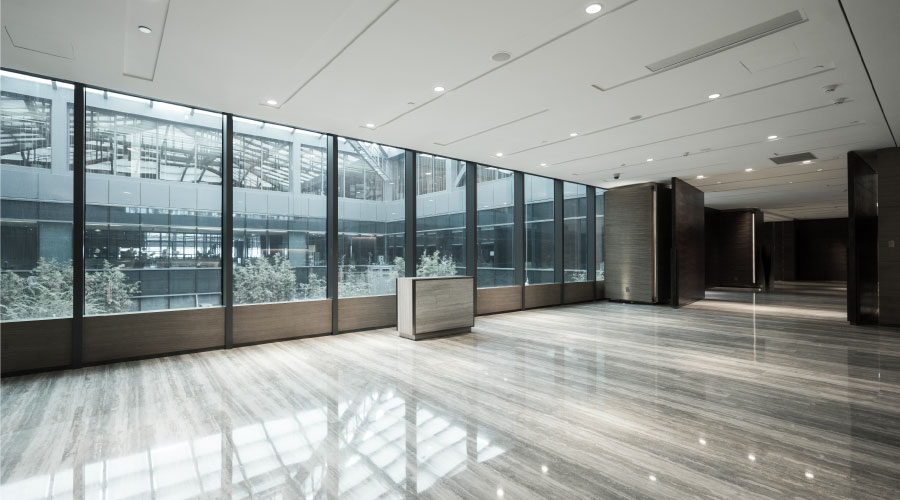Durability, Safety, Aesthetics Should Top Flooring Selection Criteria
Of course cost is crucial, but how long a product will last, and how long it will last safely and looking good, should be the key parts of the decision on a flooring product.
When looking at a new project or a renovation, there are a lot of things to consider. So, what are the most important things every facility manager should know about using flooring for more than one use? Making choices that are appropriate to the durability and safety of a space should be high on the list, says Von Lehe. Flooring is a big investment and one that most facility managers contemplate at length before installation.
“It’s one of the things that I think it’s worth spending more on to do right the first time,” says Von Lehe. Wrong wall color can be easily repainted. The wrong artwork can be replaced. “But flooring is going to be there for a really long time,” Von Lehe says. Making a good investment before the installation begins will pay off with a better ROI over the long run, Von Lehe explained. “That’s going to be something that impacts you the most.”
Standing says he believes it’s essential for facility managers to understand the maintenance required for the flooring that will be installed. In some cases, he says, this might require pushing back against ownership groups. Perhaps the building’s owner wants floors that shine. Not only is more manpower required to make that happen but maintaining flooring in a way that it wasn’t intended can cause big, and sometimes costly, problems down the road.
When facility managers are looking at their space and considering an upgrade or change, Standing says it’s always key to look at costs — both upfront and long-term, before making decisions. “What’s the lifespan of the product that we’re putting down? How is it maintained? What are all the costs involved when it comes time to change?” These are all important questions to consider, Standing says.
Merrill notes that communication between facility managers, the designers, architects, and owners is essential. “Making sure that everyone is on the same page about what is needed to keep that product functioning, keep the integrity of it, knowing what the warranty is, etc.,” are all key pieces of the conversation, Merrill says. “It’s the responsibility of designers to know what it is they’re specifying and then make sure that the owner and/or manager are on the same page,” she says.
As busy facility managers know, the more hands-off a product or design element is the better. This frees you up to focus on the myriad of other tasks and projects that only you can do. Von Lehe recommends that facility managers make the best choices possible in the flooring department. “Making choices that are appropriate to the durability and safety of the spaces,” she said, is key. “Better choices in flooring make a space look very clean and elegant. And it can be kept up very well without constant maintenance from the staff that runs the building.”
To get the greatest ROI on flooring, Merrill suggests that facility managers consider the long-term future of a building or buildings. Investing in longer-term materials—those that have a lifespan longer than five to seven years—is a great place to begin, she says.
Joy Choquette is a Vermont-based freelance writer.
Related Topics:













